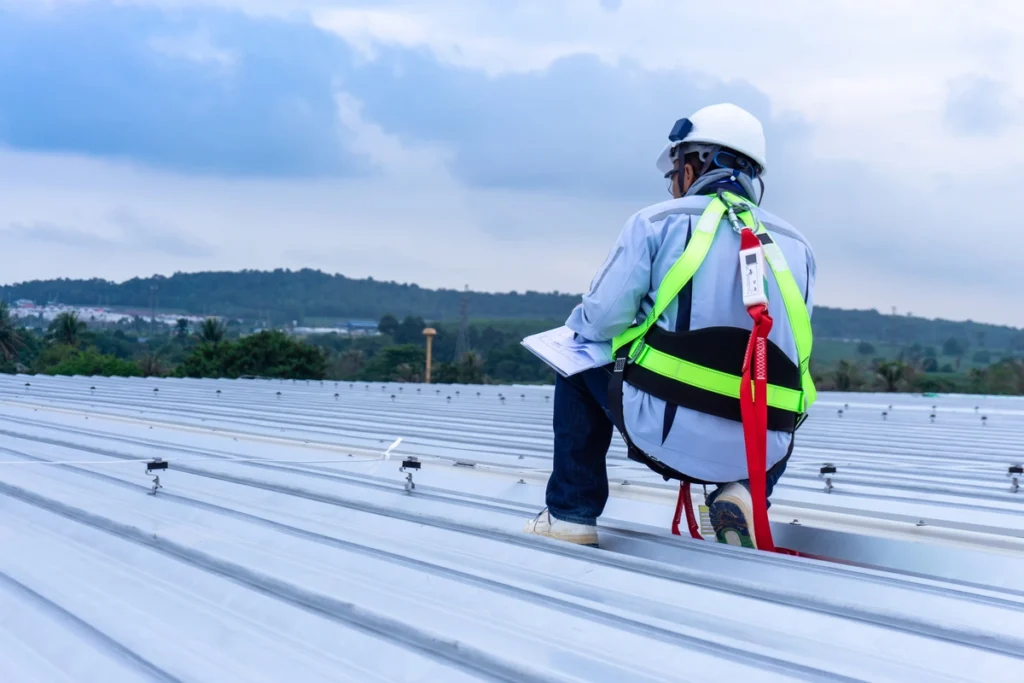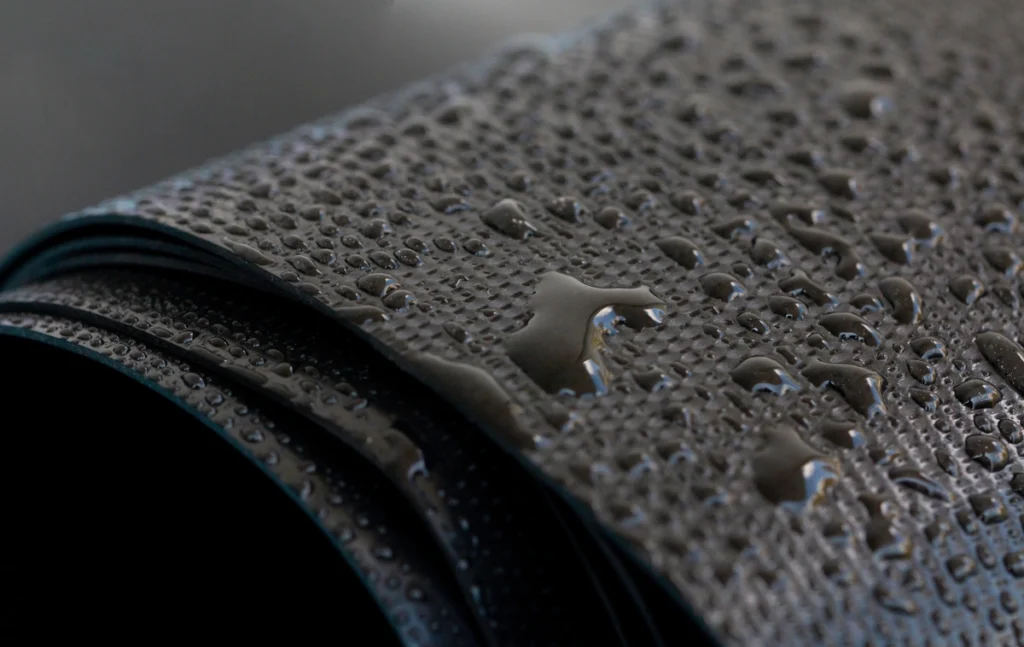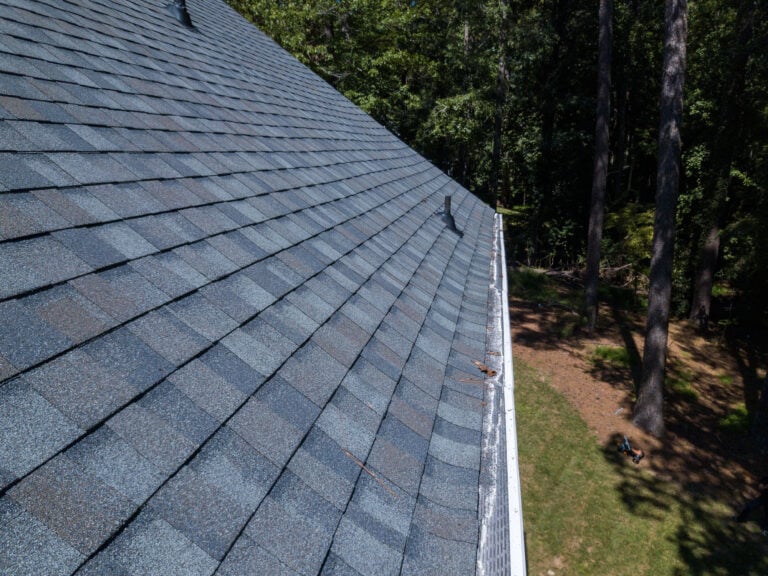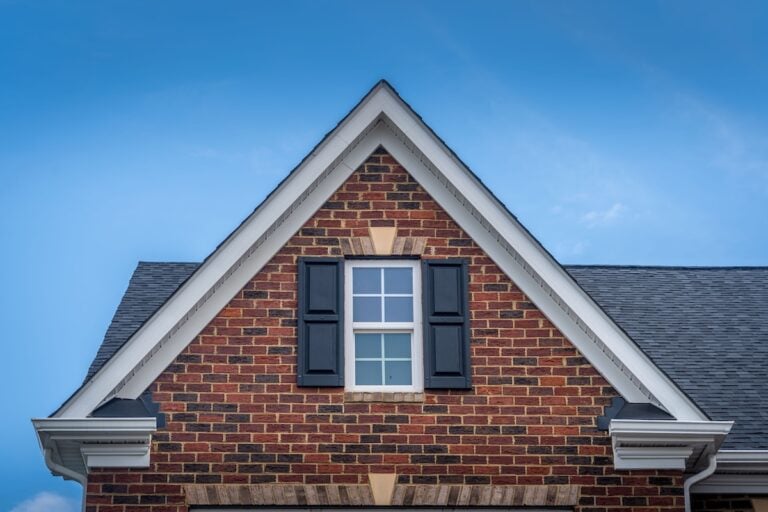When it comes to commercial properties, the roof plays a crucial role in protecting the building and its occupants from the elements. Over time, wear and tear can take a toll on even the sturdiest roofs, leading to leaks, damage, and structural issues. Here’s what business and property owners need to know about the inspection process and materials used in commercial roof replacement.
Inside this blog:
- An overview of the commercial roof inspection process
- 4 popular materials used in commercial roofing
- Key benefits of getting a commercial roof replacement
Keep reading to learn all about the inspection process and common materials used in commercial roof replacements. With a little knowledge, you can protect your investment with a better roof!
Going Over the Inspection Process
Before embarking on a commercial roof replacement project, it’s essential to conduct a thorough inspection to assess the condition of the existing roof and identify any underlying issues.
Here’s what the inspection process typically entails:
Visual Inspection

During the visual inspection phase, a seasoned roofing contractor will meticulously examine every inch of the roof surface, scanning for any visible signs of wear and tear. This involves looking for cracks, fissures, or any areas where the roofing material appears to be deteriorating.
By conducting a thorough visual inspection, the contractor can identify potential issues early on and recommend the appropriate course of action to address them.
Moisture Detection
In addition to the visual inspection, specialized equipment may be utilized to detect moisture that isn’t immediately visible to the naked eye. This could include thermal imaging cameras or moisture meters capable of detecting hidden moisture within the roofing system.
By identifying areas of elevated moisture levels, the contractor can pinpoint potential leaks or insulation problems that may be lurking beneath the surface. Addressing these issues promptly is crucial for preventing further damage to the roof and the underlying structure of the building.
Structural Assessment
Ensuring the structural integrity of the roof is paramount when planning a replacement project. A comprehensive structural assessment will be conducted to evaluate whether the existing roof can safely support the weight of the new roofing materials. This involves inspecting the roof framing, trusses, and decking for any signs of damage or weakness.
By conducting a thorough structural assessment, any potential safety hazards can be identified and addressed before proceeding with the roof replacement.
Documentation
Throughout the inspection process, detailed documentation will be compiled to record the findings and recommendations of the roofing contractor. This documentation serves as a valuable reference for the property owner, providing them with a clear understanding of the condition of their roof and the necessary steps for remediation. The report may include photographs, diagrams, and written descriptions of any issues observed during the inspection.
Materials Used in Commercial Roof Replacement
When it comes to commercial roof replacement, several materials are commonly used to ensure durability, longevity, and weather resistance.
Here are 4 of the most popular options:
1. TPO (Thermoplastic Polyolefin)
TPO roofing membranes stand out in the commercial roofing market due to their exceptional combination of durability, energy efficiency, and UV resistance. Constructed from a blend of polypropylene and ethylene-propylene rubber, TPO membranes offer a robust solution for flat or low-sloped roofs commonly found in commercial buildings.
Moreover, TPO membranes boast excellent reflective properties, helping to reduce energy costs by keeping buildings cooler during hot summer months.
2. EPDM (Ethylene Propylene Diene Monomer)

EPDM roofing membranes have long been hailed for their impressive flexibility, weather resistance, and cost-effectiveness. Composed of synthetic rubber, EPDM roofs are a staple in the commercial roofing industry, particularly for structures with low-sloped or flat roofs.
EPDM’s inherent ability to withstand extreme weather conditions, including high winds, hail, and UV exposure, makes it an attractive option for property owners seeking long-term protection and peace of mind.
3. Metal Roofing
When it comes to durability, longevity, and fire resistance, few roofing materials can rival metal roofing systems. Whether fabricated from steel, aluminum, or copper, metal roofs offer unmatched performance and aesthetic appeal for commercial properties. Available in panels or shingles, metal roofing provides robust protection against the elements, including heavy rain, snow, and wind.
With proper installation and maintenance, metal roofing systems can offer commercial property owners a cost-effective and reliable roofing solution for years to come.
4. Modified Bitumen
Modified bitumen roofing systems offer a durable and resilient option for commercial properties, particularly those located in regions with harsh climates. Composed of asphalt-based materials reinforced with fiberglass or polyester, modified bitumen roofs provide exceptional resistance to extreme temperatures, including both scorching heat and freezing cold.
Benefits of Commercial Roof Replacement
Investing in a commercial roof replacement offers several benefits for business and property owners:
- Enhanced Protection: A new roof provides improved protection against leaks, water damage, and structural issues, ensuring the safety and integrity of the building.
- Energy Efficiency: Modern roofing materials are designed to improve energy efficiency by reducing heat transfer and lowering cooling costs.
- Improved Aesthetics: A new roof can enhance the appearance of the building, boosting curb appeal and attracting potential customers or tenants.
- Long-Term Savings: While the commercial roof replacement cost can be a significant investment upfront, it can result in long-term savings by reducing maintenance costs and extending the lifespan of the roof.
🏢 Protect Your Investment With a Commercial Roof Replacement
When it comes to commercial properties, a well-maintained roof is essential for protecting the building and its occupants. By understanding the inspection process and choosing the right materials for a roof replacement, business and property owners can ensure the long-term durability and performance of their roofing system. Investing in a commercial roof replacement is a smart decision that can provide numerous benefits, including enhanced protection, energy efficiency, and cost savings in the long run.
Contact our expert team of roofers at Palladium Roofing today and experience reliable communication and industry-competitive warranties. We’ll make sure your property stands strong with a resilient and attractive roof.





